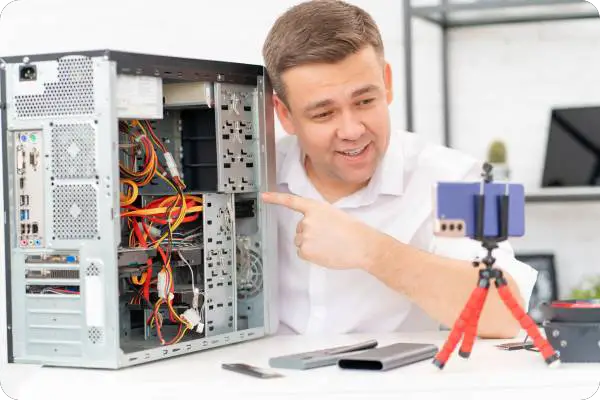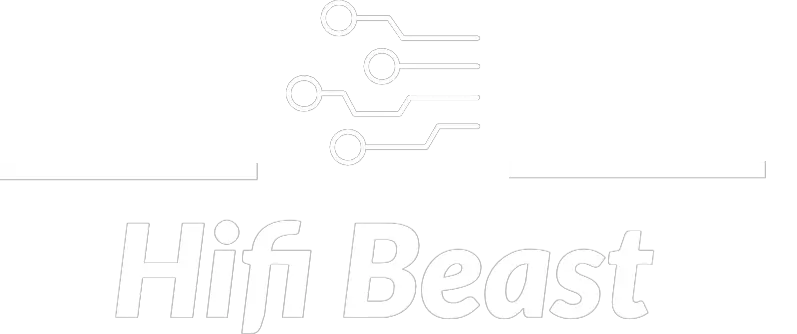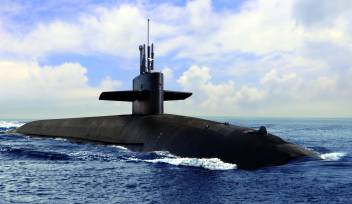Introduction
One of the principal goals when designing a modern submarine, is the aim to remove all noise that could provide an enemy with detecting its position. The amount of sound that the screw (or propeller on a submarine) provides, can identify the position of the submarine.
It is for this reason, that blades on the screws are designed in such a way that they are efficient at creating force while keeping blade noise to a minimum. Older submarines were only able to manage speeds of approximately 3 or 4 knots and remain quiet, however, the modern-day submarines are capable of achieving speeds of 9 to 10 knots while maintaining relatively quiet.
The screw is a simple device on a submarine that works by injecting both fluid and gas depending on the function it wants to achieve. If the screw rotates more rapidly, it will generate more speed for the submarine to travel with underwater. However, by rotating quicker, it will generate underwater noise when water is dispersed to create speed.
The shape and size of submarine propellers (screws) is always kept a secret because it can signify the velocity at which it rotates for the sole purpose maintaining a stealth approach. If the adversary is informed of the speed and shape of a submarine’s screws, it has the potential to analyze the output frequency of the submarine, as well as the RPM and engine type. What this then means, is that the adversary can tune their sensing capability to listen to water disturbances for a specific frequency range. The enemy now has the ability to determine the location and whereabouts of a submarine when it is traveling at stealth speeds. For example, if a submarine can travel at 7 to 9 knot speed and remain silent, an enemy can make changes or adjustments to their listening sensors so as to detect a submarine’s specific type of hardware. As a result, an enemy could detect the submarine when traveling at the speed such as of 6 knots, or lower.
Interestingly, screw or propeller designs have been kept a closely protected secret since the beginning of the Cold War between the USA and Soviet Russia. To this current day, it still common place for screws to be wrapped with tarpaulins, or removed completely, when a submarine has been removed from the water, and hoisted up high on dry-dock. It is for this key reason that the propeller design is a vital component of a submarine’s ability to continue to remain undetected during any operational activity, therefore ensuring the submarine can patrol its designated military area stealthily, and without the enemy being aware of its location or position.
As submarine engineers state: Once the screws achieve a particular speed, the blades will commence to create what’s called a partial vacuum, which results in the creation of air bubbles – this is a condition known as ‘cavitation’. Generated bubbles of this kind will create noise underwater, and submarine screws/ propellers are especially designed and molded to reduce any form of cavitation noise, and exploit other pertinent laws of physics as significantly as possible and nonetheless maintain valuable submarine speeds.
Over time, and as submarine technology has advanced, modern submarines have advanced in strength, mobility, and stealth – with certain types of submarines now capable of staying submerged for up to 4 months at a time without reaching the surface.
Submarines as a whole, generate considerable noise via their engines, screws, and the crew’s general operational activities. These noises will cause sound vibrations which can transmit from the submarine vessel, and into the and through the water – sometimes for kilometers on-end. Therefore, every element of a military submarine is designed and built with stealth considerations in mind. Each vibrating section, or part, is maintained in its place with a rubber mounts or rubber sealant that will actively dampen or restrict most vibrations and noises from occurring.
When cavitation occurs, bubbles will form on what is called the ‘suction side’ of a screw when the water pressure will drop below the vapor pressure of the water around the screw. And as quickly as bubbles are created, they will just as quickly evaporate and disappear. The air bubble itself will collapse onto the screw blade, triggering the bubbles to wear out and circulate noise.
The cavitation noise can be simply detected, and it is for this reason that it is essential for submarine engineers to be able to design specific sound suppressive screw blades that reduce the occurrence of cavitation.
Submarine engineers will attempt to design and modify the shape of the screw to lessen turbulence and decrease the overall noise that screw blades will produce as they carve through the water. Depending on the submarine, and its design, potentially there could be more than four (and even more) screw blades which will attempt to force water outwards and away while turning at slower speeds. And the end result will be a screw propeller that does not require to spin anywhere as fast in order to produce the relative speeds as screws with less blades. Since the screw blades will spin slower, less turbulence is created, and there will be less cavitation bubbles generated. Occasionally, special grooves, or design markings, are etched into the screw blades which will further steer the pushed water outward with as slight as disturbance as practically possible – once again lowering the formation of any cavitations.

Help with setup and starting issues, blinking error lights & all your repair needs in just minutes
Ask a Repairman Live NowConclusion
The specific shape of a submarine screw will always be kept a guarded secret from adversaries. Being quiet underwater can be regarded as a matter of life or death in any undersea warfare war theatre. The submarine captain who can first hear his enemy can attack first and survive. The attacking captains’ torpedo will destroy the enemy submarine first, and purely for the reason is that he could hear and detect him in the first instance. Hence why the shape of a propeller is vital in eliminating noise, and also why it is kept a secret.
Max Anthony
Mainly Max Anthony is an athletics tutor & lives in Texas but that's not it. He's is also a music producer, content creator, record producer, writer, and session musician. He has been producing music and engineering at a lower level for over 5 years. His passions include quality music gear and that's what he loves to write about on HifiBeast. ( Shoot him an email now )
Help with setup and starting issues, blinking error lights & all your repair needs in just minutes
Ask a Repairman Live Now
